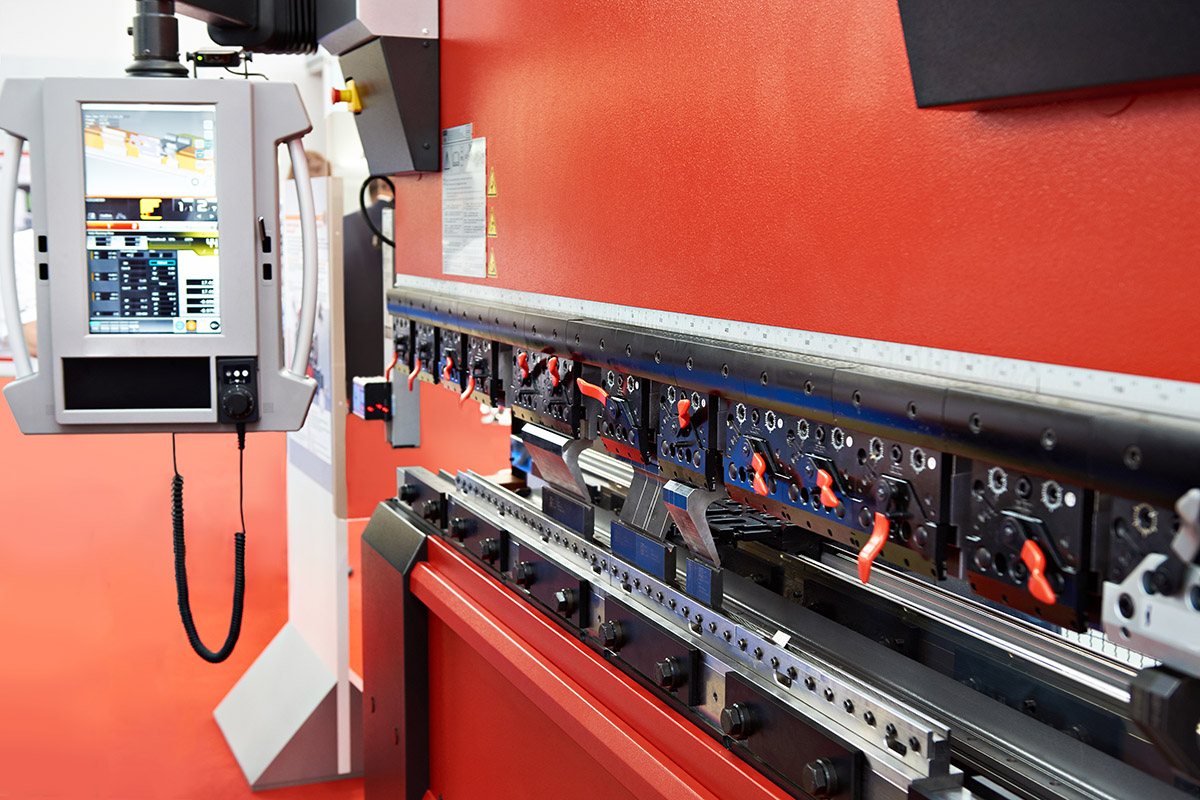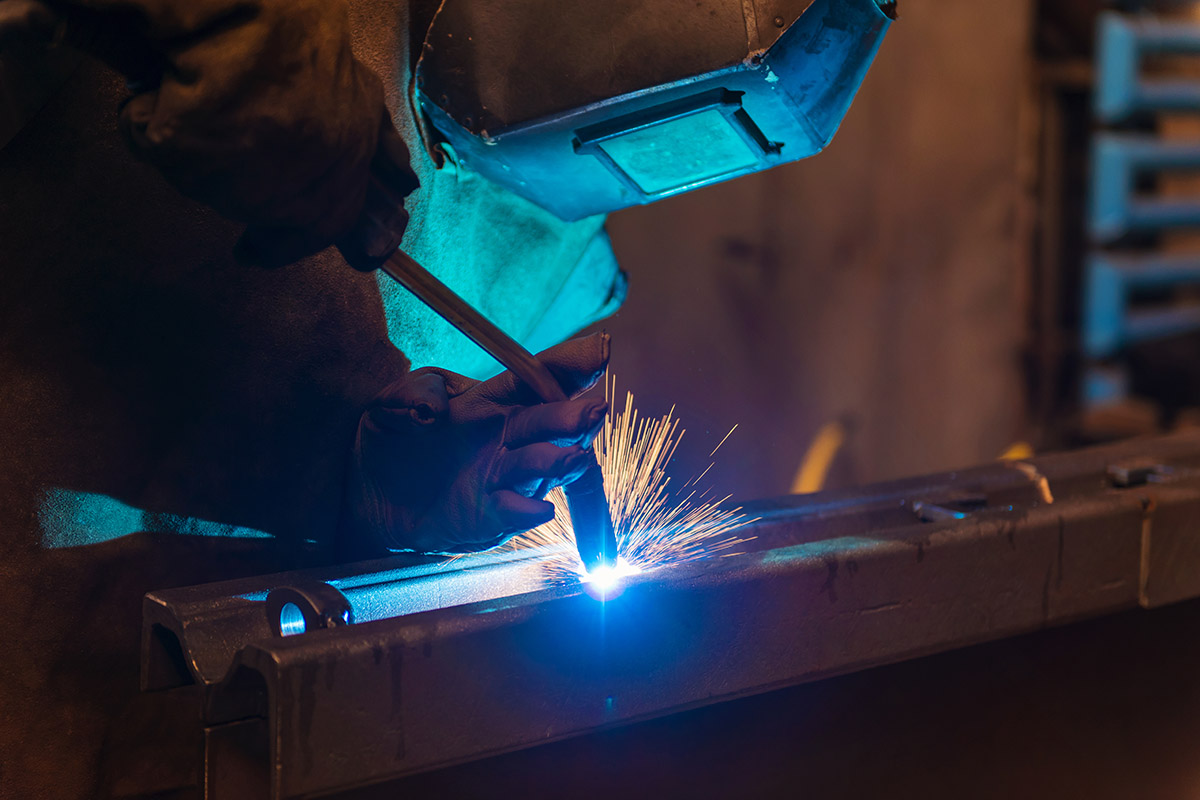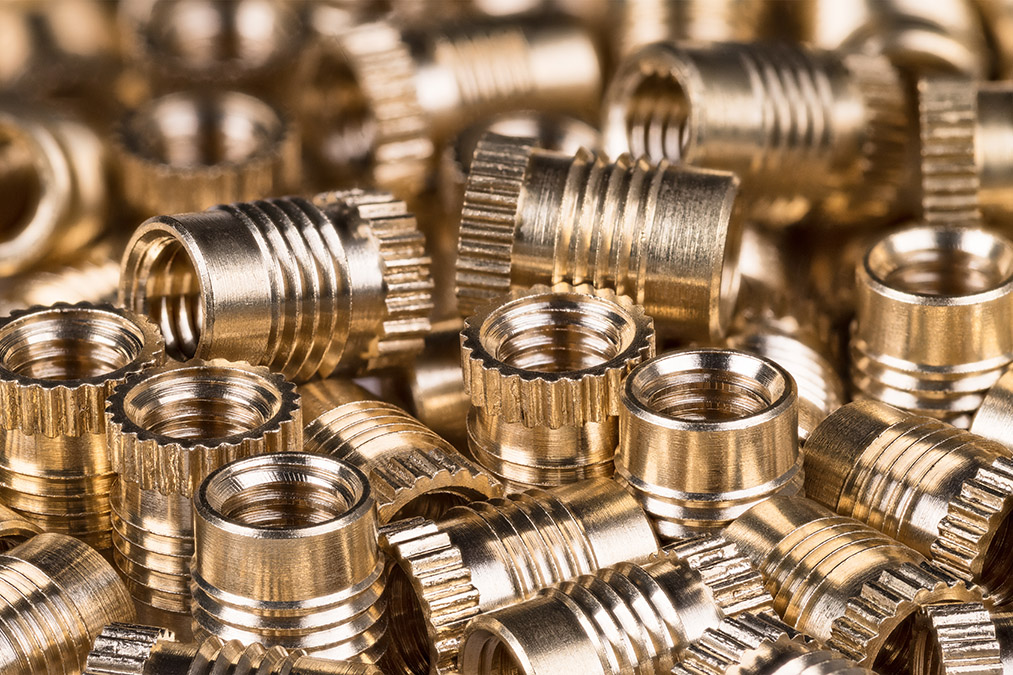Sheet metal fabrication is the process of creating parts, structures, or components from sheets of metal. Metal fabrication uses processes like cutting, forming, bending, machining, and assembling to create these parts. Sheet metal parts created in high volume production runs are more cost-effective than small runs. The steps from a raw piece of metal to shipping a finished commercial product are: cutting, forming, finishing, and assembling.
CNC Forming
CNC forming is the process of turning sheet metal into three-dimensional parts by exerting applied force. Forming may processes like press braking or power rolling.
Welding
Microform Precision provides welding and metal fabrication for Sacramento and Northern California. MIG, TIG, and spot welding available.
Hardware Insertion
Microform Precision can insert fasteners, self-clinching studs, standoffs, or other hardware into your sheet metal fabrication projects.
Sheet Metal Fabrication 101
Sheet metal is a common form of raw metal stock, usually 0.006 and 0.25 inches thick. When the sheet metal is thinner than .0006 inches, it is referred to as foil. Sheet metal thickness is usually referred to by a gauge number. The lower the gauge number, the thicker the sheet. Anything thicker than 0.25 inches is usually referenced by it’s thickness in inches only (no gauge). These thicker metal pieces are sometimes called plates.
Sheet metal fabrication refers to the series of processes that take a piece of raw metal and turn it into a finished product.
There are three common steps in sheet metal fabrication. A variety of tools or machines may be used to complete these steps.
- Material Removal: The sheet of metal is cut into the desired shape. This may happen through processes like cutting, punching, machining, stamping, nibbling, or shearing.
- Plastic Deformation (aka forming): The piece of metal is permanently bent or formed using applied stress or pressure into a three-dimensional shape. This is done without additional removal of material.
- Finishing and Assembly: The finished product might be assembled from several already-processed sheet metal components.
Finishing processes, like powder coating, painting, or technical screen printing are usually required before a sheet metal product ships to market.




